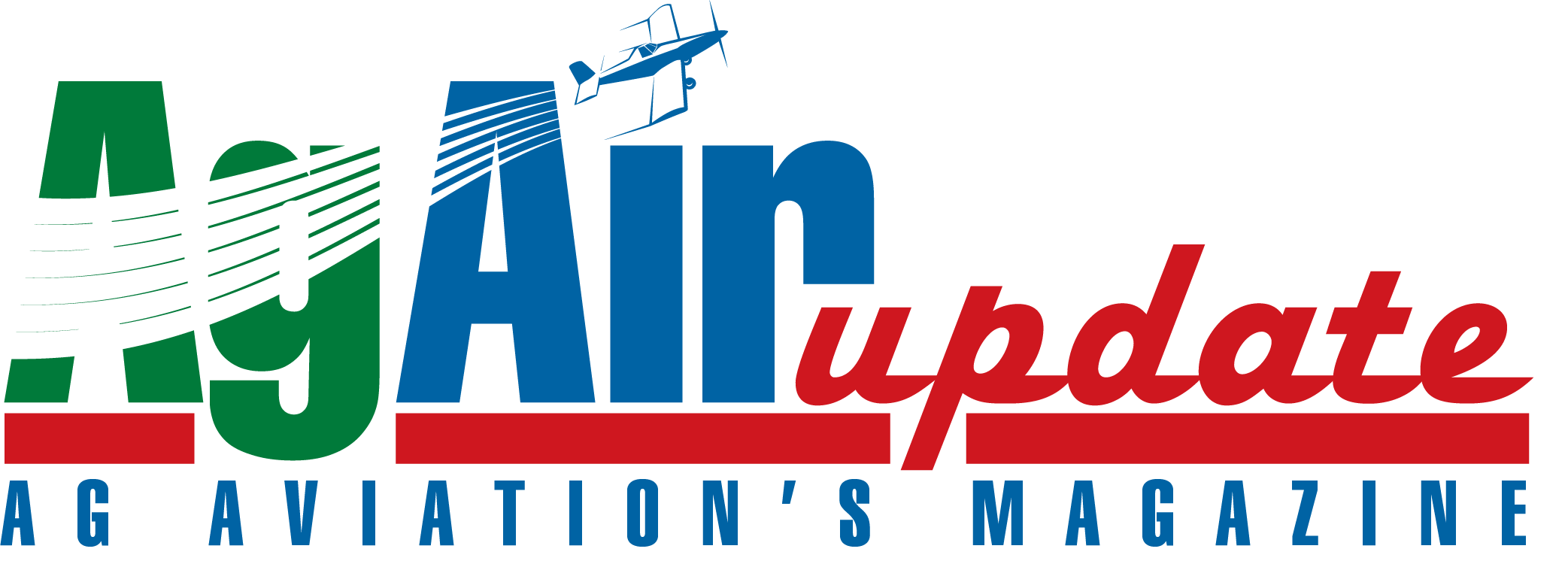Promising research suggests UV lights mounted on helicopters and planes drive birds away from aircraft…and danger.
By Jim Tise, FAA
The FAA is researching new and potentially game-changing technology that significantly reduces the chances of birds striking general aviation aircraft.
The technology inverts the customary approach to bird hazards, namely how pilots can avoid or maneuver around birds. The new approach — if positive results from research continue to play out — gives birds the warnings they need to fly out of the paths of oncoming airplanes and helicopters.
The danger of bird strikes has been an albatross around the aviation community since humans joined their feathered friends in flight. The number of reported strikes in the United States increased by 144% from 2000 to 2017.
From 1988 to 2018, wildlife strikes killed more than 280 people and destroyed more than 260 aircraft globally. The annual cost of wildlife strikes is estimated at $150 million to $500 million in the United States and around the world.
The most famous example of a dangerous bird strike was the 2009 “Miracle on the Hudson,” in which a US Airways jet was forced to land on the Hudson River after both engines of the aircraft ingested birds and failed.
“In the future, bird strikes are definitely going to rise because you’re going to have more aircraft in the sky,” said Dan Dellmyer, an engineer in the FAA’s Software and Systems Branch. He noted that the United States is seeing more rotorcraft and drones in the air, with the number of electric vertical takeoff and landing aircraft also expected to grow. Populations of large birds — such as eagles and Canadian geese — are increasing, and quieter engines make it more difficult for birds to hear oncoming planes. Yet another factor is that airports are often located near attractive gathering sites for birds, such as trash dumps, swamps, and open bodies of water.
When the FAA began research on bird-strike avoidance in 2015, it considered two questions:
- Can we put a radar system in the cockpit to help pilots avoid birds, and/or
- Can we identify a system that deters birds from coming near us?
Testing revealed that avian-avoidance radar in the form of an antenna mounted on the aircraft is expensive, bulky, and difficult to install. There were also issues with the software, such as too many false alarms.
A second approach, said Dellmyer, addressed the question: “Can we alert the birds better?” After extensive research, the FAA believes the answer is “Yes.”
Birds have tetrachromatic color sensitivity, which means they can see red, green, blue and ultraviolet colors. Dellmyer’s research at the FAA’s William J. Hughes Technical Center experimented with replacing the landing lights found on most general aviation aircraft landing gear with a pulsing ultraviolet LED light that birds can detect.
Rodney Shelley — owner of and pilot for his crop-dusting company Whirlwind Aviation in Fisher, Ark. — knows all about birds. A goose flew through the cockpit window of one of his planes, hitting his brother in the face. His brother was okay, and the plane landed safely, though it suffered severe damage. “We deal with ducks and geese on a minute-by-minute basis,” he said. It’s just every day, every day, every day.”
The FAA tested the UV sensor on Shelley’s Air Tractor 802, flying the plane for roughly 80 hours over the course of several weeks. The FAA had him run through various scenarios, such as takeoffs and landings with the UV light on and off, diving, and hard banking.
“With the lights on, I could circle the field … the ducks would take off and leave me alone,” Shelley described. “They wouldn’t stay in the field with me like they normally do. They would turn and go the opposite way immediately. It was pretty interesting.”
He also noticed that when the UV LED lights were turned off, the birds returned quickly.
Dellmyer deemed the results “very favorable.” He estimates the birds were spotting the plane with the UV LED lights on from as far as 166 yards away, compared to 108 yards away without the lights on, giving the fowl plenty of time to maneuver out of harm’s way.

Rodney Shelley and his Air Tractor 802.
While artificial intelligence and cloud technology might offer better solutions for bird avoidance in the future, Dellmyer says the UV LED light “is the better technology now.” Additional benefits include a simple and inexpensive installation process, and easy-to-do maintenance. Mounting the UV LED on a landing gear is a “perfect fit,” he added.
Next up, his office needs to find more funding to continue the next phase of research, including flying at night and in different weather conditions, as well as testing with different bird species.
When asked what he would tell other pilots about lights, Shelley, was quite clear: “If the birds see that light, they will move away. I believe it actually does work.”





